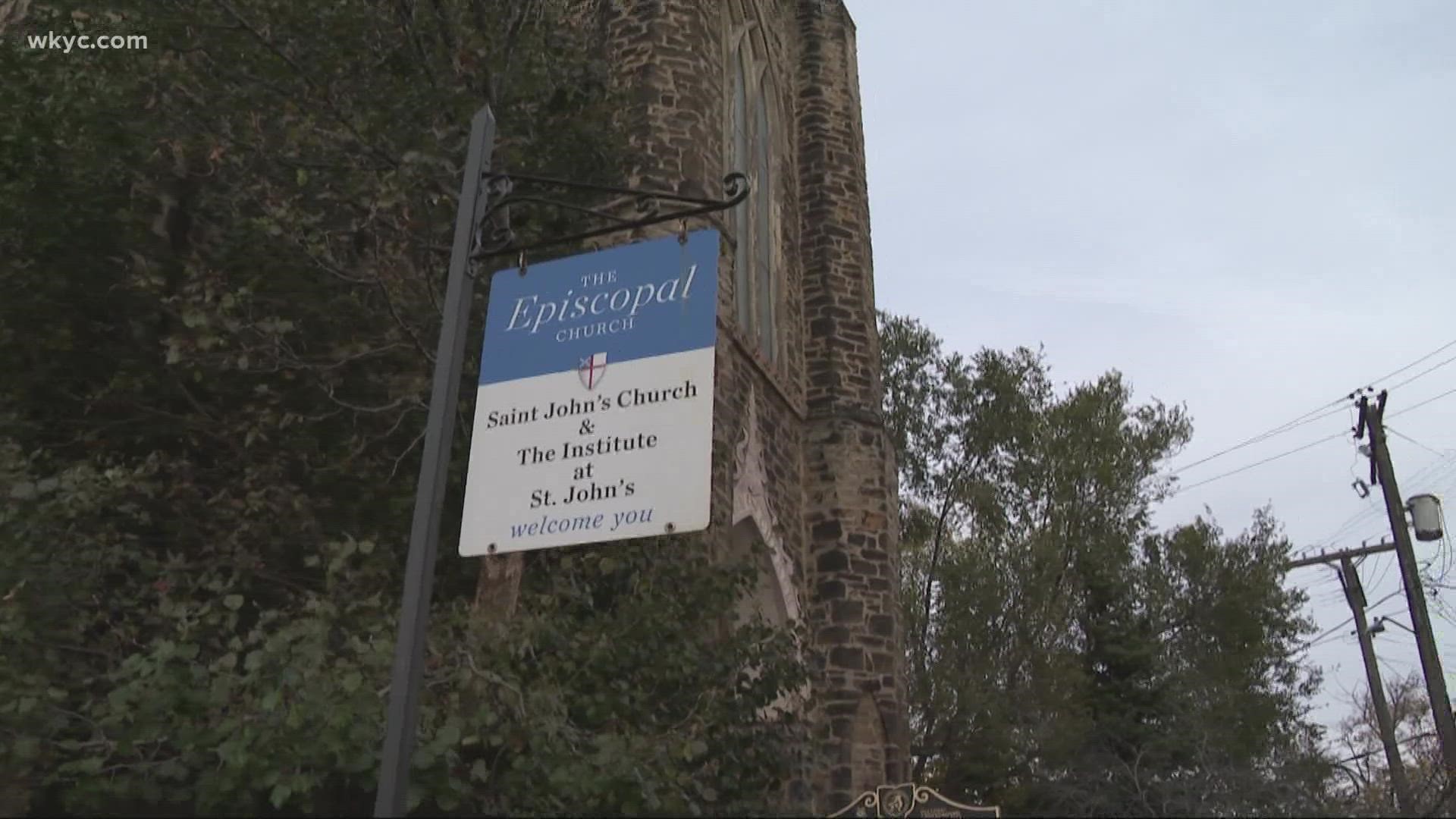CLEVELAND — The old building in Cleveland stands not only as a worshipping place for a congregation which meets here, but it also is a historical structure marking significant turning points in the lives of people forced to seek new ways of life.
When early 19th Century stones were cemented into place, founders of the Cleveland St. John’s Episcopal Church could have no thought of the role the building would play in the lives of Native Americans more than a century later.
Marie Toledo is a member of the Lake Erie Native American Council, a local group working to preserve Native American culture. In 1969, she was in the church building when it hosted Native American activist Russell Means who led the formation of what would become the Cleveland American Indian Center.
"The point was to have native people absorbed into the melting pot and the reservations gone," Toledo said. "Indian people eradicated as we know it."
Cleveland was one of eight relocation centers offering employment opportunities for Native Americans. The center here was designed to help Indians in an urban environment. But with the center there were problems, internal and external. Many things envisioned did not take place. In 1995 it closed. Marie Toledo says the members of Lake Erie Native American Council tries to pick up where the earlier center left off. The group also works to educate the public on the fact that Indians are not a monolithic group but comprised of many tribes.
Some figures place population of Native Americans in Northeast Ohio at 5,000. Toledo was born and raised in Cleveland and ties her ancestry to the Pueblo people of the Southwestern United States.
"The Pueblo people are the oldest known inhabitants on this continent," she said. "We're ancient people."
In the final days of the ‘60s, and into the ‘70s, the lives of Native American tribes were discussed in the old church building where the Cleveland American Indian Center was formed. Since its inception in the 1830s, St. John’s Episcopal Church has helped racial minorities at many turning points in their lives.
There's even a tie between Native Americans who met at the church and runaway Black slaves from the American Confederacy. Just as the church was the first American Indian Center in Cleveland, the same building was also known as a stop on the Underground Railroad.
Generations later, Marie Toledo and the Lake Erie Native American Council tell the stories not only for the rest of America, but also for the tribes they're a part of.
"For ourselves and for our children, sharing it with our native community, our indigenous community, and outside," she said.
You can watch the entire A Turning Point show below:
- Watch | A Turning Point: Reflecting and celebrating Native American heritage
- A Turning Point: Changing the way Native American history is taught in schools
- A Turning Point: The practice of Land Acknowledgement growing in popularity
- A Turning Point: Two discussions on Native American heritage in Northeast Ohio
- A Turning Point | A dark past: Native American boarding schools in North America
- A Turning Point: The push to retire Native American mascots in schools
- A Turning Point: Panel discussion focuses on Native Americans making a difference in Northeast Ohio

